A meat lovers guide to eating greens
There are fewer things more depressing to meat lovers than a pure vegetarian buffet or party. The heart sinks, the mood flattens and the smile sags but they dutifully pile their plates not to offend their host. They may try and make conversation but their minds are clearly somewhere else… on a bed of cold cuts, maybe, or a juicy meat patty sandwiched in a delightful sesame bun. I exaggerate but not much. It is hard for committed meatheads to even look in the direction of vegetarian dishes. If this sounds familiar, you may want to keep reading.
Vegetables are crucial for well-being. In fact, your body cannot function without a decent daily dose of vegetables because that is where your vitamins and minerals come from. If you have been feeling unwell or falling sick frequently, think about your intake of veggies. Vegetables are also complex carbohydrates they have the dual benefit of helping with digestion and keeping your stomach full, all of which help brilliantly with weight loss.
AS SIDES
Pair your Chinese dish with a side of Chinese greens or have a portion of healthy cooked potatoes with your next tandoori trek. Or a salad to round off a grilled fish. Side dishes are a wonderful complement to your non-vegetarian hero dish that will balance both taste and nutrients. A win-win, basically.
AS GARNISH
Can it really kill the appetite if you chop some coriander and sprinkle it on your chicken? Or add cucumber/tomato to your plate? Garnishes are a seamless way to integrate veggies and herbs and, by association, vitamins and minerals.
AS A SECRET INGREDIENT
Vegetables can be the hidden ingredient in the construction of many dishes. Chicken soups can be thickened with potatoes instead of cornstarch, or meat curries could have more vegetables swimming in them. Bite an accidental broccoli along your journey to your meat destination? Good for you.
AS VEGETABLE JUICE
A vegetable juice is the best habit anyone can acquire. It is a glass of antioxidant glory, easy to make, cheap to invest in and quick to drink. Blitz three different raw vegetables in a mixie (not a juicer) and pour the pulpy mixture into a glass (this should be about half a glasss worth, so use the veggies accordingly). Top off with water and add salt, rock salt, pepper, lime or anything you feel will enhance the taste. Drink up immediately (the benefits gets lost you leave it too long) and enjoy. Do this once a day, every day, and see how your body starts to slowly transform for the better.

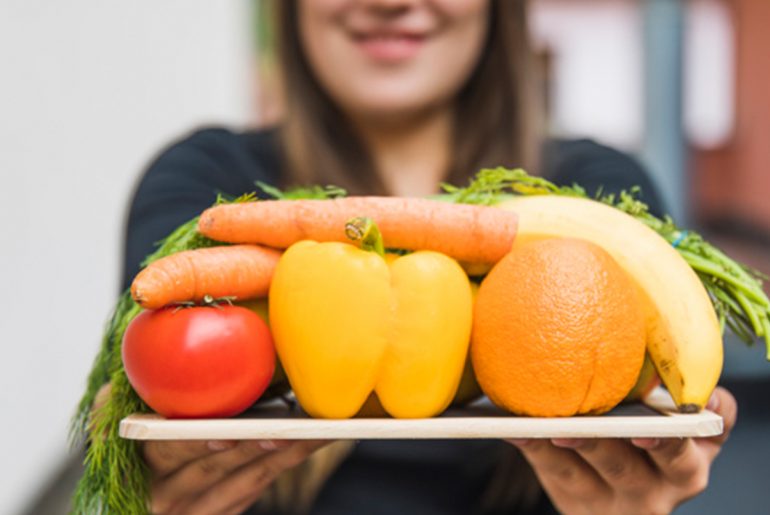
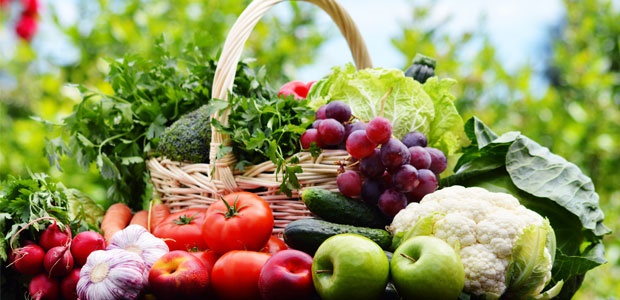

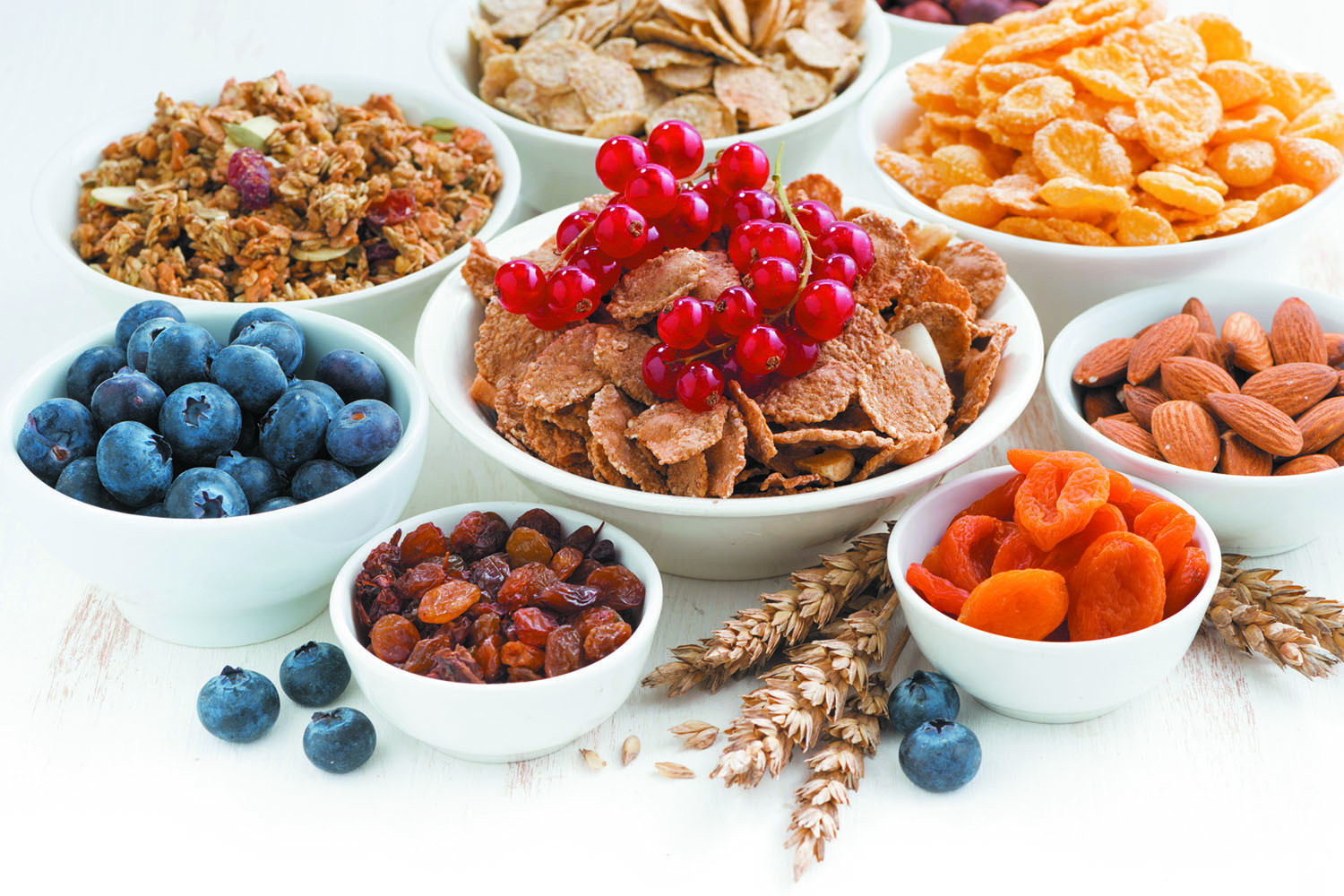
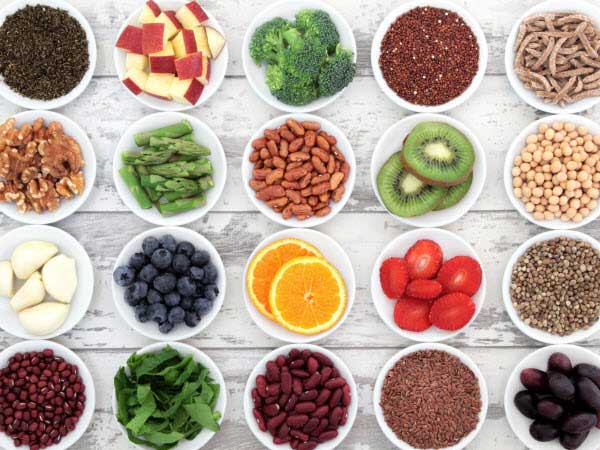
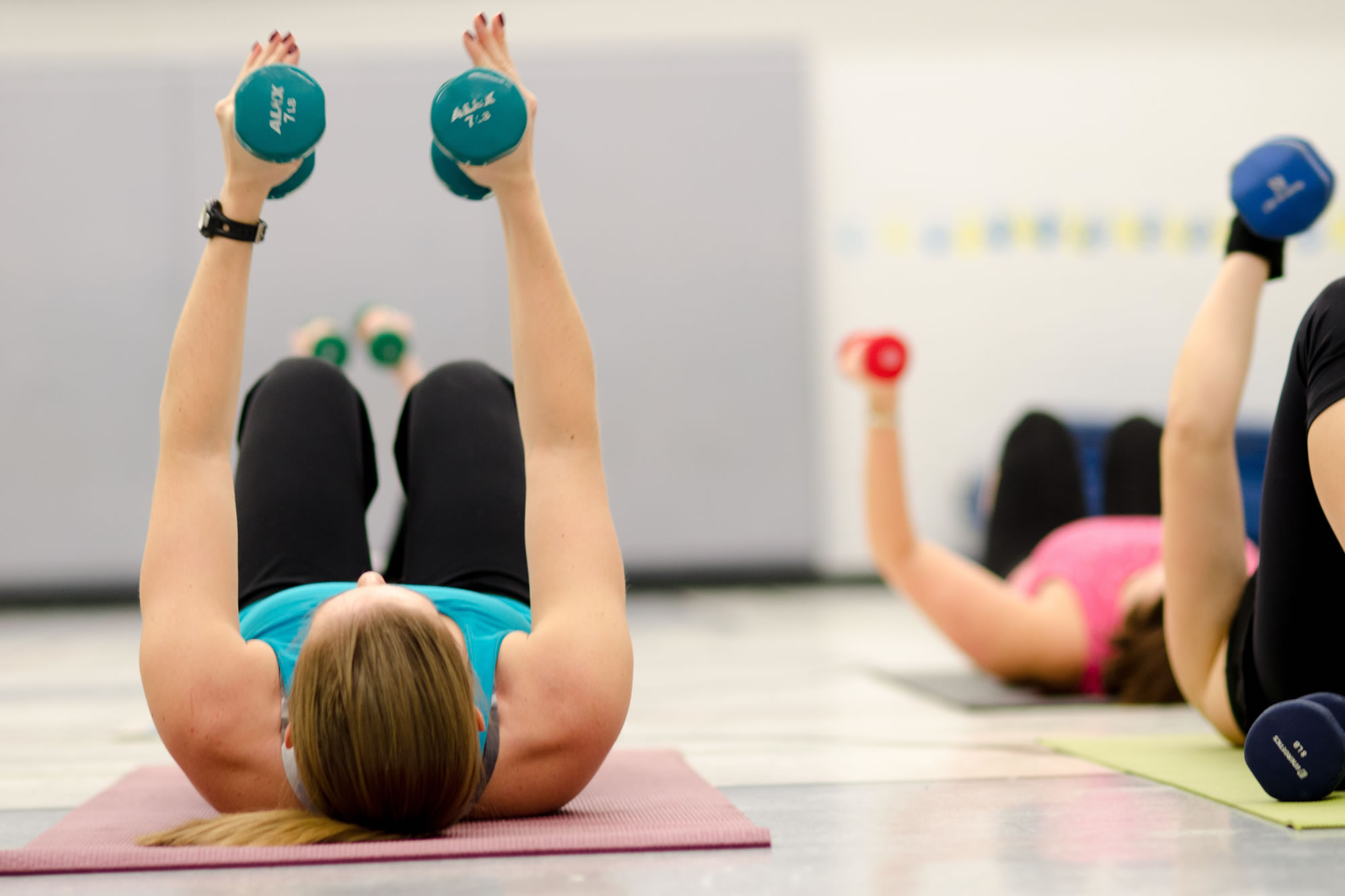
 Traditionally, men’s fitness has always been associated with getting bigger and not smaller.From the days of Rocky Balboa and John McClane to Vin Diesel and John Statham, big beefy guys defeated the bad guys and got the girls. The notion of fitness with getting thinner -and not beefier -is a relatively newer phenomenon for men, who, like women, are putting on more weight because of a sedentary lifestyle.
Traditionally, men’s fitness has always been associated with getting bigger and not smaller.From the days of Rocky Balboa and John McClane to Vin Diesel and John Statham, big beefy guys defeated the bad guys and got the girls. The notion of fitness with getting thinner -and not beefier -is a relatively newer phenomenon for men, who, like women, are putting on more weight because of a sedentary lifestyle.